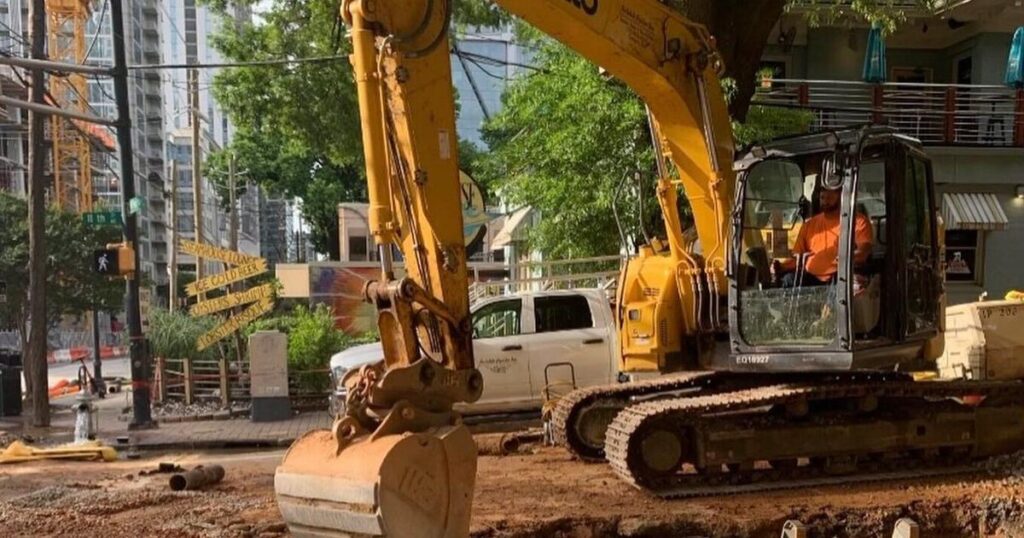(The Center Square) — A recent water main burst in Atlanta garnered national attention, especially after reports emerged that some of the burst pipes were decades old.
Jennifer Perkins, senior government industry specialist at Siemens-owned Brightly Software, shared further insights in writing with The Center Square on how the technology can benefit the nation’s infrastructure.
Why do infrastructure failures keep happening?
Much of America’s infrastructure was built more than 50 years ago and is at or beyond its expected lifespan. It was never designed for today’s population, vehicle weight, or water needs. What’s more, until recently, local governments did not have the financial commitment to properly maintain it, further shortening its lifespan.
About 4% of local budgets are spent on infrastructure, leaving little money to maintain existing infrastructure. A recent infrastructure report noted that if the funding gap is not addressed, it could grow from $2.6 trillion in 2023 to $10 trillion by 2039. Until officials are able to make decades-long commitments, the country will continue to experience infrastructure failure.
With a nation that is $35 trillion in debt and continues to allocate millions and billions of dollars for infrastructure improvements, why do infrastructure failures like the burst water pipes we saw in Atlanta continue?
At its core, this is about money and data. Much of the U.S. infrastructure is reaching the end of its useful life, and the public will continue to see outages that impact service. Each independent agency or asset manager needs to know both the age and condition of their assets. Facility condition assessments are helpful, but they are only a point-in-time report.
A better solution is to deploy technology such as IoT that has the ability to regularly inspect and periodically update the condition of assets, which will allow for more accurate prediction of the asset’s useful life and allow municipalities to plan 3 to 10 years ahead. Every public asset owner should have an accurate record of their assets and a reasonable financial repair and replacement plan.
Isn’t infrastructure development one of the basic functions of government?
The basic function of government is to provide the services the community needs at an agreed upon level of service. In return, residents pay taxes. However, the level of services demanded is rising faster than the taxes levied. People expect more and better services from their town: better schools, better parks, more playgrounds, etc. These are infrastructures that require maintenance.
Another big problem, frankly, is that infrastructure is not “sexy”. It’s like changing the oil in your car: no one wants to spend money on it, but it lengthens the time between buying a new car. Public assets are the same, but routine maintenance is often neglected due to budget constraints and competing projects.
Residents will need to change their attitude towards infrastructure, and governments will shift their funding priorities accordingly. Adding shiny new assets is fine as long as governments can maintain them for years to come, because once a community has a park or playground, people are unlikely to give it up.

